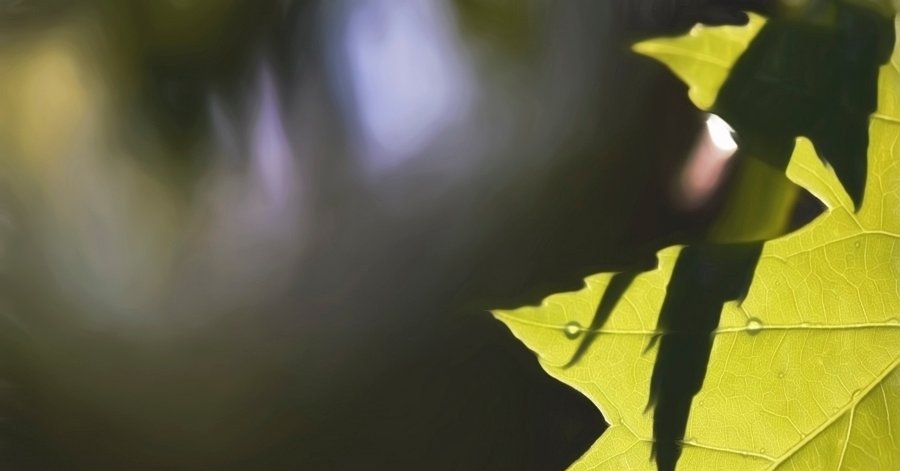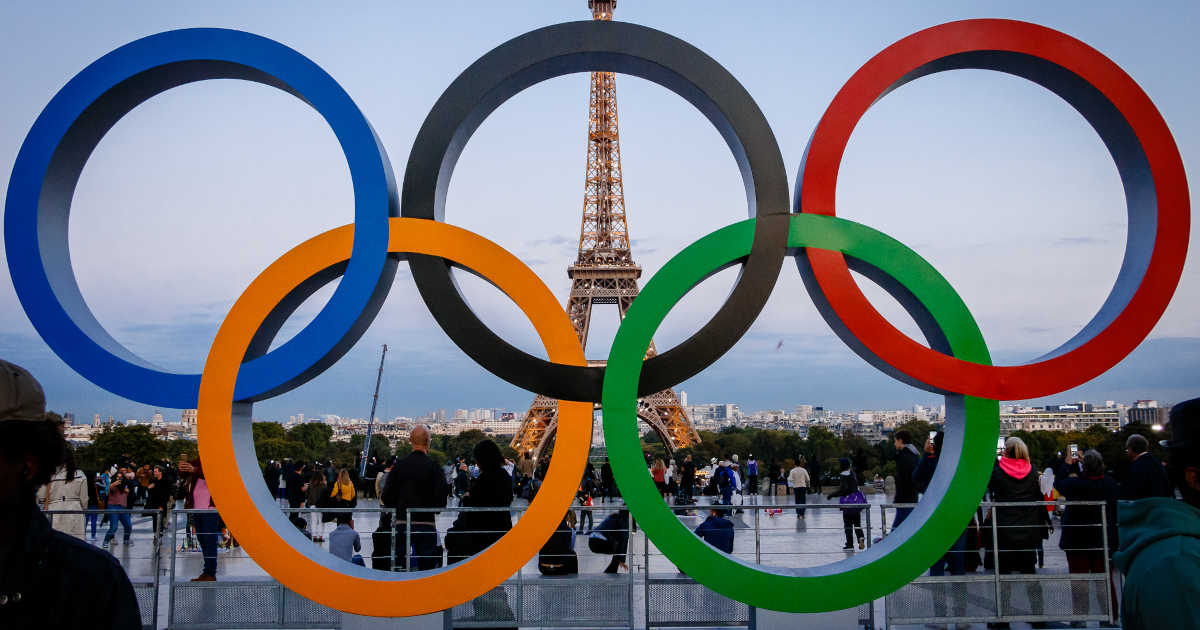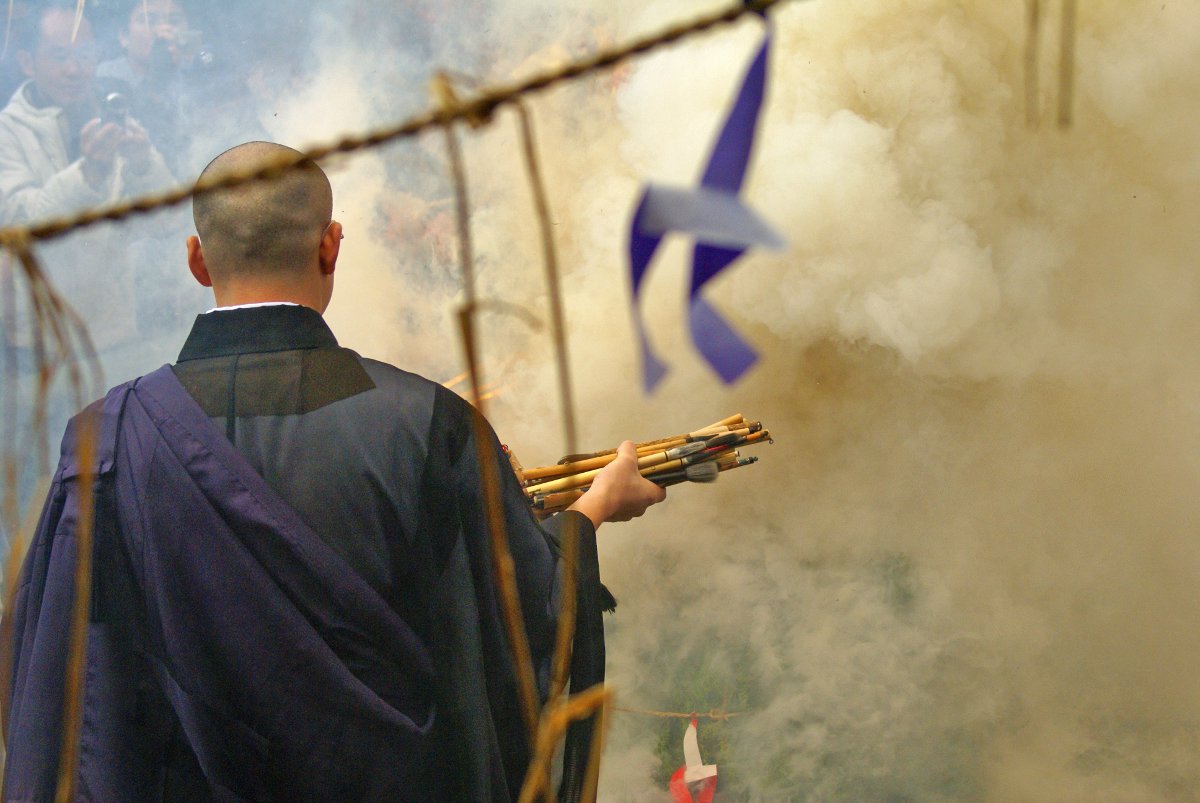I was recently browsing through some files and stumbled across a piece I had written in April 2013, before I started writing this blog. It was a reflection about a trip I had taken to the Holy Land to deepen my understanding of Jewish history, to get a better understanding of the conflict brewing there, and to discover some potential paths to peace. I thought I would share it here because it still seems relevant.
Jerusalem: We arrived in Tel Aviv at 5:00 PM on Saturday and were met by National Geographic guides who whisked us through security in a flash. No lines. No hassles. No waiting. We picked up our bags, and a car service drove us to our hotel, the American Colony Inn in Jerusalem. We met our group for dinner at 6:30 and were briefed on the week. The tour guides set the tone for the expedition by introducing themselves as peace activists from 3 completely different backgrounds. Hosam was a Palestinian Muslim who had spent a year in prison for throwing rocks at the Israeli police in the West Bank. He was shot in the leg before they apprehended him. Yuval was an Israeli Jew living in Tel Aviv; and Aziz, the tour leader, was a Palestinian who was raised as a Muslim but went to a Christian bible college and had read the Bible 30 times. The whole idea was to present different points of view in a civil and constructive way, with the purpose of deepening the dialogue.
We spent our whole first day, Sunday, in Jerusalem. We visited the Dome of the Rock and had a private meeting with the Imam, who speaks to crowds of 500,000 people. He had served as the Imam there for 32 years. He felt the peace process would go more smoothly if the US would back out. He gave the Palestinian point of view that Israel was discriminating badly against Muslims. We then walked over to the Wailing Wall and put notes in the stone cracks for Ezra and Annie, our twin Jewish grandchildren. The men and women were cordoned off, which is a point of contention and is the focus of a protest movement. We went from the Wall to the Holy Sepulcre and witnessed Christian competition for space.
There are seven denominations vying for space in this Holy Christian site. They keep a 24 hour vigil in each of their tiny spaces so that no one from another denomination can come in and clean their space, thus claiming it as their own. We saw the spot where Jesus was supposed to have been crucified and there were throngs of tourists crowding to see the location, even though there is good historical evidence that the spot is really somewhere else. Many devotees were lying prostate on the ground on a slab of cement where Jesus’s blood spilled. The only problem is that the slab was installed in recent history. The fascinating part of the experience is that each of the four quarters of Jerusalem (Armenian, Christian, Muslim, and Jewish) are in such close proximity. It was moving to experience first hand the history of the old city and the lasting powers of ancient myths.
Later in the day, we met with the deputy Mayor of Jerusalem. She provided the Israeli point of view of the Mid East conflict. She was a strong advocate for joint work on environmental sustainability and is a leader in the world-wide movement. She painted the conflict in more collaborative and helpful strokes and came across as very strong, smart, and capable.
Finally, we met with a woman who lives in one of the communities in East Jerusalem under Israeli control. She told a very discouraging tale of oppression and humiliation. Palestinians who live in these communities have to go through regular check points (complete with body pat downs), their movement is restricted, they get a fraction of the water that Jewish people get, and there are security cameras to monitor every movement. She was a lovely woman who put a human face on the problem. It seems to me that a starting point for peace is to respect the basic dignity of all parties and to do whatever is possible to reduce discrimination and increase diversity. The attitude toward diversity can be scaled as follows:
5: Join
4: Welcome
3: Accept
2: Tolerate
1: Abuse
Clearly, the current attitude is between 1 and 2, with a few exceptions, e.g. the Deputy Mayor of Jerusalem.
Israel Museum. On Monday, we went to the Israel museum and visited some towns the Palestinians abandoned, to which they can now not return—the human face on the right to return issue. What is so striking is that there are so many points of view about which people feel strongly, and they are all compelling in their own ways. There are so many narratives and each narrative influences the respective person’s experience of life.
At the Israeli Museum, we saw excellent documentation of the Dead Sea Scrolls, which were found by a 14 year old Bedouin sheep herder in Qumran near the Dead Sea. We also saw a wonderful exhibit of middle-eastern art and pottery. After the museum, we went to Ammunition Hill, where we were able to see the trenches in which Jewish soldiers fought in the 1967 war. On the way home, we met a young Israeli man who is part of a peace initiative who said there were lots of walls he encountered every day—not only physical walls made of concrete and wire but also emotional walls constructed with hate and fear. In a very profound way, he said the biggest wall he encountered everyday was the wall within, i.e. how to get over his own biases. As a lesson in peace and conflict resolution, the biggest wall is the one that divides the higher from the lower. To me, the goal is to make the “higher” active and the “lower” passive. Not an easy task but a rather fundamental requirement of the peace process.
City of David. The city of David is 3,000 years old and is still going through major excavations. There are even conflicts with this activity. The Palestinians believe that the Jewish archaeologists are searching for stories that support their belief that David had a community there and thus laid claim to the land for Jewish people. There is another group who says there is not sufficient evidence to make that conclusion, and there may be other evidence suggesting some other population laid claims earlier. Nothing is easy or clear here. As a lesson in peace, it is important to stay open to evidence that finds the truth instead of selectively looking for stories that support your beliefs.
Ramalla. We met with one of the leaders of the PLO in Ramalla on Tuesday. He was a very senior diplomat who had met personally several times with Arafat, Clinton, Carter, and other world leaders. He was currently minister of Foreign Affairs for the Palestinian Authority. He was educated in the US and received an MBA from Wharton. It seems to me that there are three major problems: lack of trust, limited consciousness, and abuse of power. There is lack of trust because there is no credibility, reliability, empathy, transparency, or concern for the well being of the other. Words don’t count, people don’t do what they say, there is no dialogue, and people are only interested in their own issues. There is limited consciousness because it has all turned very ideological with little psychological or bio-spheric consciousness. There appears to be abuse of power from the Israeli military’s might and how it uses its strength to continue to create “settlements.” In short, it’s a complete mess. The focus for conflict resolution should be on elevating consciousness, building trust, and sharing power.
5.0: Bio-spheric Consciousness
4.0: Psychological Consciousness
3.0: Ideological Consciousness
2.0: Theological Consciousness
1.0: Mythological Consciousness.
Trust = Reliability + Credibility + Intimacy (Transparency/Empathy)/Self Orientation
In 1948, the Palestinians were offered 46% of the land of Israel and turned down the offer. Now, the Palestinians have 22% of the land but only 5% of the land is in Zone A, which is under Palestinian administrative and security control. Zone B in the Palestinian territory (West Bank) is under Palestinian administrative control, but Jewish security. Zone C in the West Bank is 100% under Israeli control.
Erfat, a Jewish Settlement. The mayor of the settlement was a party-line Likud member who could have been a Bibi clone. He very articulately presented the case for the settlements. He was extremely patronizing and arrogant in tone and content. He essentially suggested that the Israelis were totally on top of their game and served as a model for the world, while the Palestinians couldn’t get their shit together in any way. He said the biggest tourist attractions for Palestinians were refugee camps. He claimed that the only reason the Palestinians were in the news was because the media liked to report on when the “Man bites the dog,” but it’s never newsworthy when the “dog bites the man.” He claimed that the Jewish settlements would ensure that the Palestinians have enough water, bread, and jobs. In fact, the biggest source of employment for the Arabs was helping on the construction of the settlements. He used the word Arab to describe the Palestinians almost exclusively and referred to the walls as fences. He was extremely proud that the Erfat settlement had no fences because they were able to get along with the Arabs and find joint solutions. He didn’t mention the internal wall he had dividing his arrogance, intolerance, and insensitivity from whatever compassion may be there. Unfortunately, he can’t even see that wall. In fairness, Erfat is an extremely well-run, prosperous community with excellent housing, schools, and health care for Jews residing there. The lesson for peace is that language is important. Words matter. It’s extremely important to make sure that communications don’t include inflammatory, derogatory, or “red flag” words. Also, tone is as important as content. Taking a condescending attitude only causes walls to grow thicker.
Bethlehem. The mayor of Bethlehem presented an entirely different picture. Bethlehem is a zone A territory (Palestinians have complete administrative and security responsibilities). In her engaging and passionate presentation, the mayor said the Israelis wouldn’t give them enough water and that the settlements seriously disrupted life and movement for the Palestinians. She teaches literacy and gender at the University in Bethlehem.
There are three refugee camps in Bethlehem, which have been there for 65 years. The people in the refugee camps are extremely poor and live in deplorable conditions. Unemployment is 21%.
We also visited the house cave where Jesus was born. The place of Jesus’s birth was flooded with tourists. There are three Christian churches vying for control of the space above the birth site. Fights sometimes break out among the three congregations. Christians are leaving Jerusalem in droves (they represent only 2% of the population) but the mayor and deputy mayor of Bethlehem have to be Christians, as decreed by the Palestinian Authority. In a recently held democratic election, Hamas won two seats on the council so Israel cut off all funding. The entire budget for the city is $2.5 million. The lesson for peace is to try to make sure that extremists are not able to hijack the agenda.
One of Herod’s castles: Herod’s mountain top castle was amazing. It’s well preserved and we were able to walk through tunnels and see Cisterns that were 2000 years old with original plaster—quite remarkable. No lessons.
Aziz’s house. On Wednesday night, we went to our guide’s house for dinner. Aziz is a Palestinian Muslim who lives in Alexandria, Virginia, and is married to an evangelical Christian from Idaho who is getting her PhD in History from the University of Maryland. HIs parents still live in Jerusalem. Because of Israeli regulations, they are unable to live in their house near Bethlehem and have to rent in Jerusalem in order to secure proper permits and be able to work. He is unbelievably bright, talented, balanced, and dedicated to peaceful solutions.
Clearly, Israel has security and historical issues that need to be taken into account. Their current policies, however, are not sustainable. This situation looks like it is going to have a bad ending for the reasons I mentioned earlier. The lesson for peace is to declare openly your non-negotiable needs (Israeli security in this case), but to compromise on values that aren’t as critical.
Holocaust Museum. We went to the Holocaust Museum on Thursday, which was very powerfully and painfully laid out. It starts with the invasion of Poland, ends with the allied victory and tells personal, poignant stories along the way. What continues to be fascinating is the range of points of view. According to Hossam, our Palestinian guide, the Palestinians fall along this scale:
1.0: Holocaust denial and/or Holocaust being totally exploited and exaggerated to cover for oppression of Palestinians
2.0: Holocaust acknowledgement but exaggerated
3.0: Holocaust: true and accurate
4.0: Holocaust acknowledgement but used as a way to gain support and positioning
5.0: Holocaust as a human catastrophe with compassion and understanding for the victims and survivors.
Israeli’s also vary in their perceptions of Palestinians, seeing them as:
1.0: Dependent on the Jews for food, water, and jobs;
2.0: Competitive for scarce land, resources, and jobs,
3.0: Independent: only wanting their own territory and state,
4.0: Collaborative in the good sense of the word, meaning that they are open to joint projects, and
5.0: Interdependent, which means that both parties are actively seeking ways to help each other succeed.
Unfortunately, most people are at 1 or 2 on the respective scales. As long as those perceptions remain, there is no hope for peace. The only real hope is by helping both sides move up the scales by learning skills, opening to accurate knowledge, and adapting new attitudes.
Dead Sea. We also went to the Dead Sea on Thursday and floated in the salt water. It was unbelievably buoyant. If you try to swim on your stomach, your legs pop right to the surface. The water tastes very bitter. While there were no lessons for peace, it was a wonderfully peaceful experience.
Masada. On Friday, we went to Masada, one of the castles that Herod built in the 1st century BCE. It was a remarkable fortress on top of a mountain, with well-preserved mosaics and bathhouses. Then we visited the first Kibbutz in Israel, that was started 103 years ago. The kibbutz now houses 600 people and runs a large agricultural business on 2,000 acres. Historically, it has a philosophy of giving what you can and taking what you need. They found this approach had its limitations because some abused it and some resented it. Now all members pay into a community fund to cover food, housing, health care, education, and elder care, but some people can make more than others. They appear to live very peacefully together and handle conflicts thoughtfully and rationally.
Jordan River. We made a stop at the Jordan River, where John baptized Jesus. So we have now been to the sites where Jesus was born, raised, baptized, and crucified. The guides are incredibly knowledgeable and go out of their way to present multiple points of view. Unfortunately, the Jordan River is so polluted that it would be dangerous to dip anything more than a toe into it.
Capernaum and Sea of Galillee. On Saturday, we visited Capernaum, where Jesus and his disciples grew up. We also took a boat ride on the “Jesus Boat” on the Sea of Galilee. It was in this area where Jesus lived most of his life and where most of the accounts of the old and new testaments took place. In the afternoon, we visited a site that was 3,000 years old and still well preserved. We were near the Golan Heights, which separates Israel from Syria and Jordan. Every day is jam-packed but stimulating. The lesson for peace is that it is important to take into account the history of all parties in finding an agreement that meets as many values as possible of both parties.
Nazareth. For me, Nazareth was commercialized mythology—a new church built on top of a couple of older churches, supposedly where the angel told Mary she was immaculately conceived. The interesting part was the amazing mosaics from all over the world that symbolized the event. Ironically, Nazareth is now 70% Muslim, with the most radical group housed there. They have a big sign on their Mosque at the entrance to the church saying that Islam is the only way and anybody who chooses another way is a loser. It’s all quite hilarious, if it weren’t so tragic. Everyone is jockeying to get positioned at the top of level 2 thinking. The lesson for peace is that there are no solutions at level 1 or level 2. You have to get to at least level 3 with both parties if a peaceful solution can be found.
Druze lunch. We ate lunch in a Druze family home. They lost two sons in the various wars between Israel and Palestine. It was a very poignant story. The father now works full time on peace activities. He shared that the Druze religion believes that no religion has a claim on God and no people have a claim on land. That would be a good starting point for conflict resolution. The Druze believe in 5 prophets: Master of the Mind, Master of the Heart, Master of the Soul, Master of Justice, and Master of Injustice. They believe these prophets keep getting reincarnated.
Cesarea. On Sunday we visited Cesarea. It was amazing. We talked to a leading scientist on Tsunamis and how they may have effected the remains of Herod’s palace in this location. Herod was a prolific builder. For this castle, he built a major harbor (it’s on the Mediterranean) and a huge hippodrome where they had chariot races. There were also large bath houses and a pleasure pool. The structural remains are incredible. The lesson for peace was the exemplary work of the scientist in charge of the project. She rigorously analyzed data to determine whatever truth she could find. She did not enter the work with a predetermined agenda, and she didn’t selectively filter out or ignore data that did not support her hypothesis.
Tel Aviv. On Monday, the tour came to an end. We took a walking tour of Tel Aviv and visited the site where Rabin was murdered in 1995. Rabin had signed an agreement with Arafat on the peace process. It was a very controversial decision on both sides. We hung out in the afternoon and had a wonderful good-bye dinner that evening. Tel Aviv is a modern, vibrant, high-tech city with 24 hours of activity. Real estate has skyrocketed, making housing unaffordable for a lot of people. Most of the embassies are located here. The US Embassy was right down the street from our hotel. There were no lessons for peace.
Jaffe. Since our flight did not depart until midnight on Tuesday, we spent the day exploring more of Tel Aviv and Jaffe. Jaffe has the longest operating port in the world—over 4,000 years. We explored the old city and walked along the Mediterranean. It was a peaceful conclusion to an amazing journey.
AND HERE WE ARE TODAY – 11 YEARS LATER – FARTHER AWAY FROM PEACE THAN EVER, SUFFERING THE CONSEQUENCES OF THE CONDITIONS THAT WERE IN PLACE LONG BEFORE OCTOBER 7.
Also published on Medium.




Disappointing to say the least…